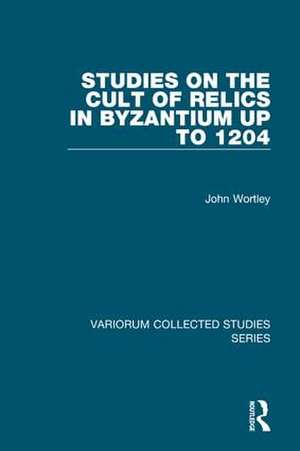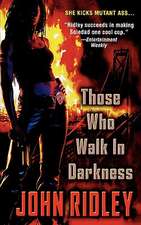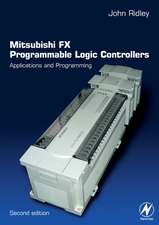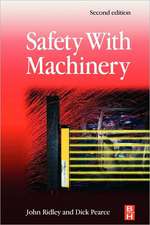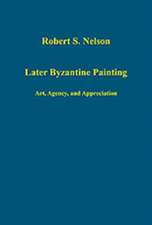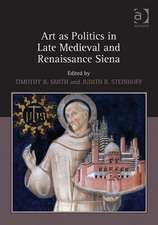Studies on the Cult of Relics in Byzantium up to 1204: Variorum Collected Studies
Autor John Wortleyen Limba Engleză Hardback – 28 sep 2009
Din seria Variorum Collected Studies
-
 Preț: 313.38 lei
Preț: 313.38 lei -
 Preț: 311.41 lei
Preț: 311.41 lei -
 Preț: 308.04 lei
Preț: 308.04 lei -
 Preț: 325.68 lei
Preț: 325.68 lei -
 Preț: 406.12 lei
Preț: 406.12 lei -
 Preț: 311.18 lei
Preț: 311.18 lei -
 Preț: 325.31 lei
Preț: 325.31 lei -
 Preț: 396.01 lei
Preț: 396.01 lei - 9%
 Preț: 1039.89 lei
Preț: 1039.89 lei -
 Preț: 266.20 lei
Preț: 266.20 lei -
 Preț: 358.42 lei
Preț: 358.42 lei - 9%
 Preț: 938.10 lei
Preț: 938.10 lei -
 Preț: 351.48 lei
Preț: 351.48 lei - 9%
 Preț: 938.86 lei
Preț: 938.86 lei -
 Preț: 335.37 lei
Preț: 335.37 lei - 9%
 Preț: 937.14 lei
Preț: 937.14 lei -
 Preț: 351.42 lei
Preț: 351.42 lei -
 Preț: 328.48 lei
Preț: 328.48 lei - 38%
 Preț: 766.84 lei
Preț: 766.84 lei - 23%
 Preț: 315.48 lei
Preț: 315.48 lei - 36%
 Preț: 740.06 lei
Preț: 740.06 lei - 38%
 Preț: 764.20 lei
Preț: 764.20 lei - 39%
 Preț: 684.75 lei
Preț: 684.75 lei - 29%
 Preț: 247.40 lei
Preț: 247.40 lei - 37%
 Preț: 488.89 lei
Preț: 488.89 lei - 38%
 Preț: 766.91 lei
Preț: 766.91 lei - 38%
 Preț: 769.51 lei
Preț: 769.51 lei - 38%
 Preț: 769.85 lei
Preț: 769.85 lei - 36%
 Preț: 823.43 lei
Preț: 823.43 lei - 25%
 Preț: 225.28 lei
Preț: 225.28 lei - 27%
 Preț: 225.54 lei
Preț: 225.54 lei - 38%
 Preț: 767.07 lei
Preț: 767.07 lei - 38%
 Preț: 764.20 lei
Preț: 764.20 lei - 36%
 Preț: 736.38 lei
Preț: 736.38 lei - 34%
 Preț: 738.43 lei
Preț: 738.43 lei - 27%
 Preț: 226.52 lei
Preț: 226.52 lei - 37%
 Preț: 491.66 lei
Preț: 491.66 lei - 37%
 Preț: 485.78 lei
Preț: 485.78 lei - 37%
 Preț: 485.78 lei
Preț: 485.78 lei - 38%
 Preț: 766.34 lei
Preț: 766.34 lei - 36%
 Preț: 739.17 lei
Preț: 739.17 lei - 34%
 Preț: 473.94 lei
Preț: 473.94 lei - 18%
 Preț: 843.63 lei
Preț: 843.63 lei - 38%
 Preț: 774.91 lei
Preț: 774.91 lei - 38%
 Preț: 769.92 lei
Preț: 769.92 lei - 38%
 Preț: 764.20 lei
Preț: 764.20 lei - 50%
 Preț: 488.81 lei
Preț: 488.81 lei - 36%
 Preț: 488.49 lei
Preț: 488.49 lei - 38%
 Preț: 769.10 lei
Preț: 769.10 lei - 38%
 Preț: 766.99 lei
Preț: 766.99 lei
Preț: 769.00 lei
Preț vechi: 1242.21 lei
-38% Nou
Puncte Express: 1154
Preț estimativ în valută:
147.19€ • 159.94$ • 123.72£
147.19€ • 159.94$ • 123.72£
Carte tipărită la comandă
Livrare economică 21 aprilie-05 mai
Preluare comenzi: 021 569.72.76
Specificații
ISBN-13: 9780754668473
ISBN-10: 0754668479
Pagini: 300
Dimensiuni: 152 x 229 x 27 mm
Greutate: 0.72 kg
Ediția:1
Editura: Taylor & Francis
Colecția Routledge
Seria Variorum Collected Studies
Locul publicării:Oxford, United Kingdom
ISBN-10: 0754668479
Pagini: 300
Dimensiuni: 152 x 229 x 27 mm
Greutate: 0.72 kg
Ediția:1
Editura: Taylor & Francis
Colecția Routledge
Seria Variorum Collected Studies
Locul publicării:Oxford, United Kingdom
Public țintă
Academic and PostgraduateCuprins
Contents: Preface, Cyril Mango; Introduction; Part 1General: The origins of Christian veneration of body parts. Part 2 Building the Byzantine Hoard: The Byzantine component of the relic-hoard of Constantinople; The legend of Constantine the relic-provider; The earliest relic-importations to Constantinople; The 'sacred remains' of Constantine and Helena; The wood of the True Cross. Icons and Relics: Iconoclasm and Leipsanoclasm: Leo III, Constantine V and the relics; Icons and relics: a comparison. Part 3 How the Relics Worked: Three not-so-miraculous miracles; De latrone converso: the tale of the converted robber. Part 4 Some Relics in Particular: The Marian relics at Constantinople; Hagia Skepê and Pokrov Bogoroditsi: a curious coincidence; The oration of Theodore Syncellus (BHG 1058) and the siege of 860; Relics of 'the friends of Jesus' at Constantinople; The relics of Our Lord's Passion in The Russian Primary Chronicle. Part 5 A Curious Omission: Relics and the Great Church; Index.
Notă biografică
John Wortley is an Emeritus Professor in the Department of History, University of Manitoba, Canada
Recenzii
’Quelle excellente idée de rééditer John Wortley!’ Revue d'histoire ecclésiastique
Descriere
Constantinople was well known in its heyday for the enormous collection of relics housed in its churches. These studies examine the means by which relics were acquired, the ways in which they were used and some of the reasons why for so long they were believed to be effective. The role of relics in the development of the cult of the Mother of God (Theotokos) is also discussed as well as the curious relationship between relics and icons.
